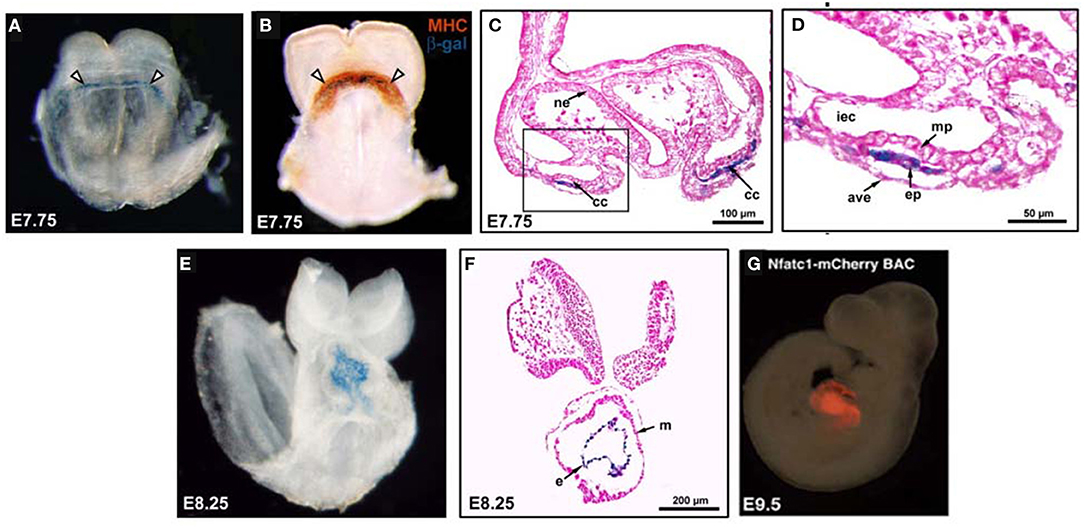HIF (hypoxia-inducible factor)は転写因子として(も)働き、低酸素状態のときには核内に移行してDNAと結合しVEGFなどのシグナル分子の遺伝子を活性かします。VEGFは細胞外に分泌されて近くの血管に作用し、血管新生を促進します。これによって、低酸素状態に陥った細胞の近くに血管が伸びてきてくれて酸素を供給してくれるというわけです。実にうまくできているものですね。
通常の酸素濃度がある場合にはどうなるかというとHIFは分解されます。つまりHIFは常時作られては分解されているというわけです。低酸素状態という緊急事態になれば、素早く血管新生を誘導して緊急事態に対処するわけです。
通常時にHIFがどのように分解されるのかというのが非常に興味深いと思います。というのも、HIFは無駄に分解されているわけではなくて、HIFの分解の過程で酸素分子が必要とされる、つまり言葉を変えると、HIFの分解過程は酸素分子の利用可能性(すなわち周囲の酸素濃度)を常時見張っているということになります。自然界があまりにも上手くできていて驚きます。
HIF and the Lung Role of Hypoxia-inducible Factors in Pulmonary Development and Disease Larissa A. Shimoda , and Gregg L. Semenza American Journal of Respiratory and Critical Care Medicine > List of Issues > Volume 183, Issue 2 https://www.atsjournals.org/doi/10.1164/rccm.201009-1393PP
上の図にあるように酸素分子を使って、HIFは水酸化されます。その水酸基が目印となってユビキチン化が起こり、分解経路に向かうことになります。低酸素状態だとこの水酸化の反応化が起きないのでユビキチン化されることもなく、結果として分解を免れて、核内に移行し転写因子として働きます。
解説記事
- What is Hypoxia-Inducible Factor? https://www.news-medical.net/life-sciences/What-is-Hypoxia-inducible-factor.aspx
レビュー論文
- https://www.sciencedirect.com/topics/immunology-and-microbiology/hypoxia-inducible-factor
- Breakthrough science: hypoxia-inducible factors, oxygen sensing, and disorders of hematopoiesis Gregg L. Semenza BLOOD April 21, 2022 https://ashpublications.org/blood/article/139/16/2441/476633/Breakthrough-science-hypoxia-inducible-factors
- Protein Hydroxylation by Hypoxia-Inducible Factor (HIF) Hydroxylases: Unique or Ubiquitous? April 2019Cells 8(5):384 DOI:10.3390/cells8050384 LicenseCC BY
- Advances in Hypoxia-Inducible Factor Biology Hani Choudhry1 ∙ Adrian L. Harris CELL METABOLISM Volume 27, Issue 2p281-298February 06, 2018 https://www.cell.com/cell-metabolism/fulltext/S1550-4131(17)30617-4
- Hypoxia-Inducible Factors in Physiology and Medicine Gregg L Semenza (HIFの発見で2019年生理学医学賞を受賞した3人のうちの一人)Cell. 2012 Feb 3;148(3):399–408. doi: 10.1016/j.cell.2012.01.021
- Imaging of the hypoxia-inducible factor pathway: insights into oxygen sensing U. Berchner-Pfannschmidt S. Frede C. Wotzlaw Show More European Respiratory Journal 2008; 32(1): 210-217; DOI: https://doi.org/10.1183/09031936.00013408
- The hypoxia‐inducible‐factor hydroxylases bring fresh air into hypoxia signalling Edurne Berra, Amandine Ginouvès, and Jacques Pouysségur pouysseg@unice.frAuthor Information EMBO reports (2006) 7: 41 – 45 1 January 2006 https://doi.org/10.1038/sj.embor.7400598 https://www.embopress.org/doi/full/10.1038/sj.embor.7400598


